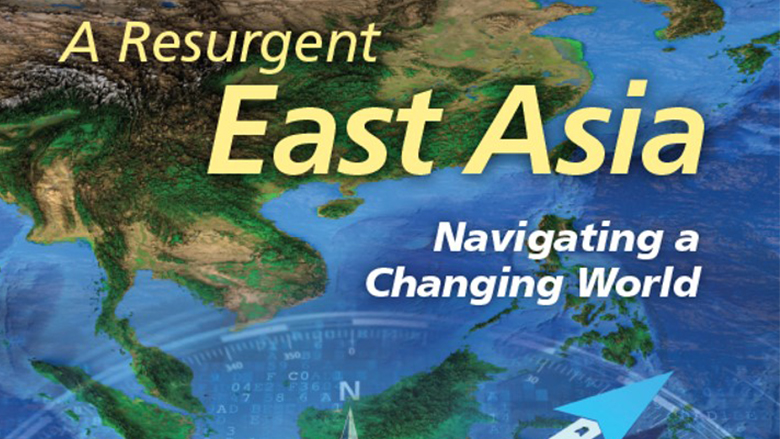The East Asian Miracle
The success story of East Asia and its development model – a combination of outward-oriented growth, human capital development, and sound economic governance – has been dubbed the “East Asian Miracle.”
A half century ago, the region faced some of the most difficult development challenges in scale and scope.
In the past quarter century, thanks to the East Asian model, six of the ten developing economies in the region moved up from low-income to middle-income status. Cambodia, China, Indonesia, Lao PDR, Malaysia, Mongolia, Myanmar, the Philippines, Thailand, and Vietnam are all now lower- or upper-middle income countries.
- East Asia has been the fastest-growing developing region over the last quarter century; developing East Asia’s GDP is now over three times what it was in 2000.
- Hundreds of millions have escaped poverty and become economically secure.
- By 2016, less than one-eighth of the region’s population was poor, down from over half in 2002.
- And, nearly two-thirds of the region’s population could now be considered economically secure or middle class.
East Asia’s resurgence remains incomplete, however
- Despite these advances across the region,
- China’s per capita income is still only about one-fifth of the average for high-income economies.
- In Vietnam and Cambodia, per capita income is about 5 and 3 percent, respectively, of the high-income average.
- And, labor productivity and human capital still lag levels of those in high-income economies. Even at the time the Republic of Korea achieved high-income status, its labor productivity was two-and-a-half times higher than China’s is today and its human capital was one-third higher.
And times are changing, spawning new development challenges
- Rapid changes in the world and in developing East Asia are causing policy makers to question the efficacy of the traditional East Asian development model going forward
- Global trade is growing more slowly, and the patterns of trade are shifting, both within and beyond the region.
- Technology is changing rapidly and altering the nature of comparative advantage and the structure of demand for labor in the region.
- The countries of developing East Asia themselves are changing as they become richer and their populations more middle class.
- Developing East Asia’s continued resurgence, and its transition from middle-income to high-income status, will therefore depend on its ability to navigate the currents of a changing world and region.
- Productivity growth is slowing in the region, as elsewhere in the world
- Rising inequality – along with people’s perceptions of rising inequality – is making it more difficult to ensure that growth is inclusive growth
- Rising societal expectations and the changing political economy that accompany greater prosperity are increasing demands on state institutions to deliver more and better services.
Policy priorities for navigating a changing world
- To meet their development aspirations, countries in developing East Asia will need to adapt their traditional development model to address these new realities.
- A focus on outward-oriented growth, human capital development, and sound economic governance will still be important.
- Nevertheless, to successfully navigate the global and country-level changes, policy makers will need to focus on emerging and traditional policy priorities in five key areas:
o Promoting economic competitiveness. Beyond the existing focus on trade policies, emerging priorities include services sector reforms, deepening trade agreements, policies to foster innovation, and improved access to finance especially for small and medium sized enterprises.
o Building skills. Beyond their current focus on basic human capital, it will be increasingly important for countries to support development of advanced skills, including socio-emotional skills and digital literacy.
o Fostering inclusion. In addition to traditional social protection programs, countries will need programs to support vulnerable workers in making the inevitable economic transitions and to ensure affordable access to digital technologies.
o Strengthening state institutions. Moreover, countries will need to increase state effectiveness, through supporting enhanced citizen voice, greater government transparency and accountability, and increased bureaucratic quality.
o Financing the transition to high income. And, finally, governments will need to find ways to finance these more ambitious policy agendas for achieving the transition to high income by increasing domestic revenue mobilization.
